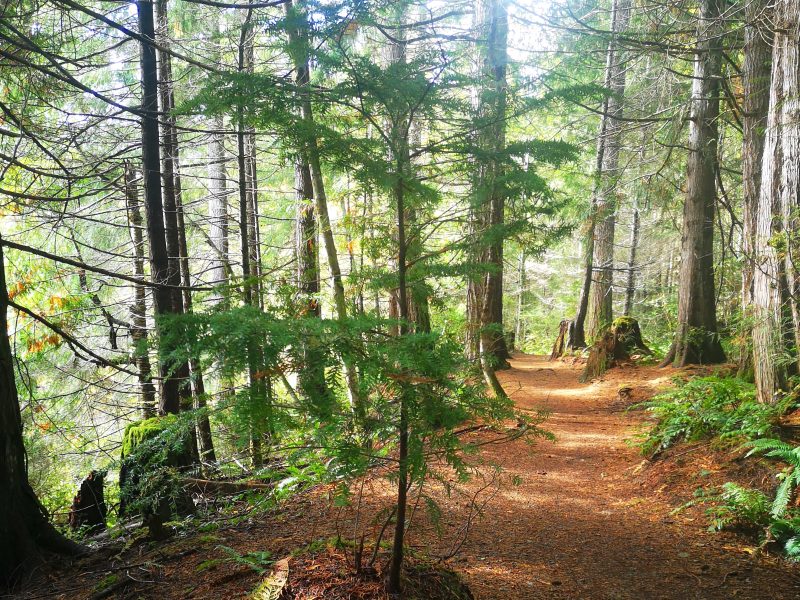
The far north of the Yukon, Northwest Territories and Alaska is home of the Gwich’in people, a northern Dene nation that have lived alongside caribou for hundreds of generations. They depend on caribou for food, medicine and shelter. “It is our belief that the future of the Gwich’in and the future of the caribou are the same,” Gwich’in elder Jonathon Solomon once said.
Despite being one of the largest and healthiest herds of caribou in Canada, the porcupine caribou are threatened by proposed oil and gas drilling in the U.S. Arctic Wildlife Refuge, a place where roughly 200,000 of them famously migrate more than 1,000 kilometres to give birth to their young.
I’ve been invited to learn from the Gwich’in Nation first hand as they gather to assert their rights and self-governance of their land. Every two years since 1988, the Gwich’in come together to share knowledge, practice culture and assert their rights at the Gwich’in Gathering. And this year more than ever, they’ll be focused on protecting caribou.
So today, I’m travelling to Whitehorse, Yukon Territory, where I’ll jump in a car with three other photographers and journalists and travel thousands of kilometres to the community of Tsiigehtchic (map here) along the Mackenzie River — and hear from the Gwich’in themselves.

Why? For starters, I love the people of the North. But there’s more than that. Reporting on Indigenous consultation for the Trans Mountain pipeline has shown these issues matter more than ever. As the federal government moves to implement the United Nations Declaration on the Rights of Indigenous Peoples into Canadian law, I’ve heard from Indigenous leaders in B.C. who say they felt they had no other choice than to sign deals with Kinder Morgan on the pipeline expansion. I’ve heard from members of High Bar First Nation in Secwepemc territory who are not only fighting to be consulted on the pipeline, but also still fighting for land on which to exist as a community after 125 years.
Since 2015, the Liberal government has promised to do a better job of consulting with Indigenous Peoples whose land major projects affect most. They’ve also promised to improve how we protect species like caribou from the impacts of all kinds of development combined, rather than focusing on individual projects alone. At the same time, companies need clarity on these standards of environmental protection so we can continue to use the resources we all depend on. I want to see how this is playing out in the North.
So what does Indigenous governance of the land look like, Gwich’in style? I look forward to hearing from people in person. But for now, here are some things I’ve found out:
- On the Canadian side of the border, the Gwich’in signed a modern treaty with the Canadian government in 1992 that asserts the nation’s ownership of a vast stretch of territory in the Northwest Territories including the communities of Aklavik, Fort McPherson, Inuvik and Tsiigehtchic, with additional traditional land use areas in the Yukon.
- The land claims agreements of northern Indigenous nations like the Gwich’in are among the most comprehensive in Canada, and carve space for independent governance. The Gwich’in are coming close to complete self-governance that would replace the Indian Act. This will allow the Gwich’in to “do these things in a way that is truly meant for our people,” as the Gwich’in Tribal Council puts it, rather than how the Canadian government thinks things should be done.
- Like many Indigenous Peoples in the Far North, traditional territories are separated by arbitrary international borders. The Gwich’in operate their own international council and have a permanent seat at the decision-making table with countries like Russia and Finland in the Arctic Council, alongside other Arctic Indigenous nations like the Saami and Inuit.
- The Gwich’in also fiercely protect caribou through the Indigenous-led Porcupine Caribou Management Board. That board stems from a 1987 agreement between the Government of Canada and the Government of the U.S. over the conservation of the herd.
Over to you: The Far North of Canada is a diverse region that’s far removed from daily life for most of us urbanites. It’s not just about polar bears and melting ice. I have lots to learn and you probably do, too. [end]



